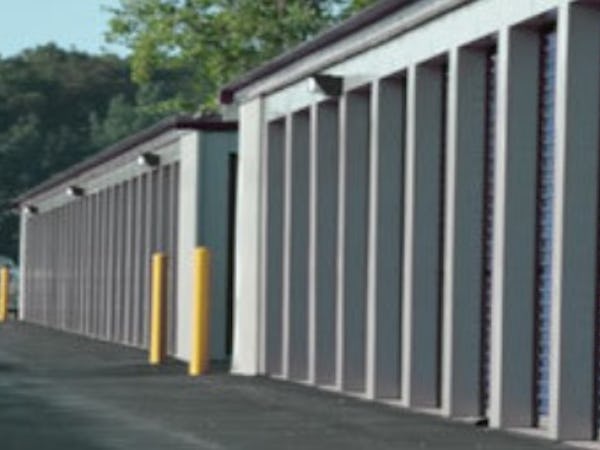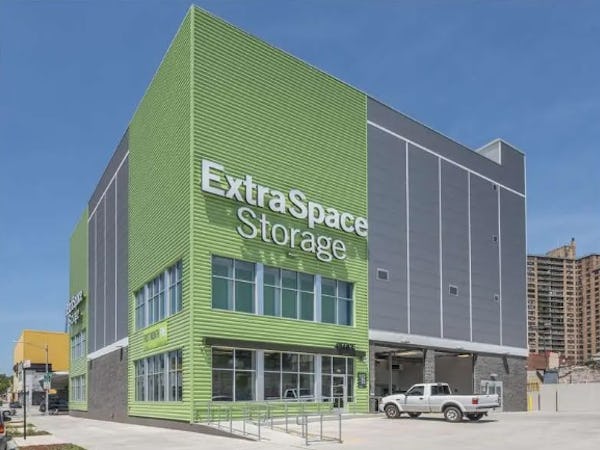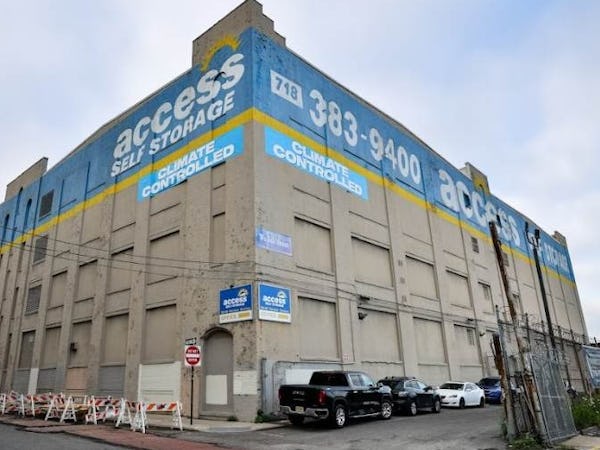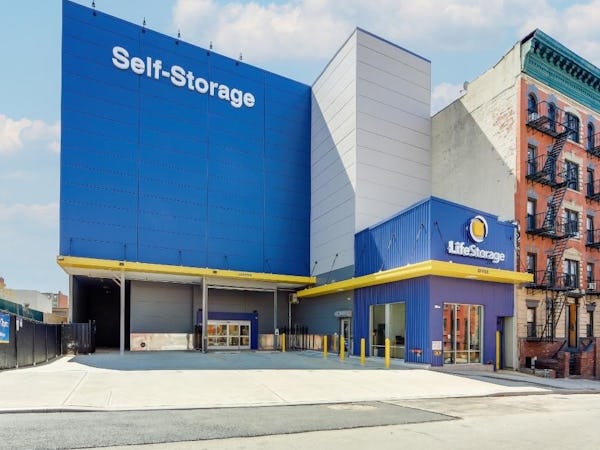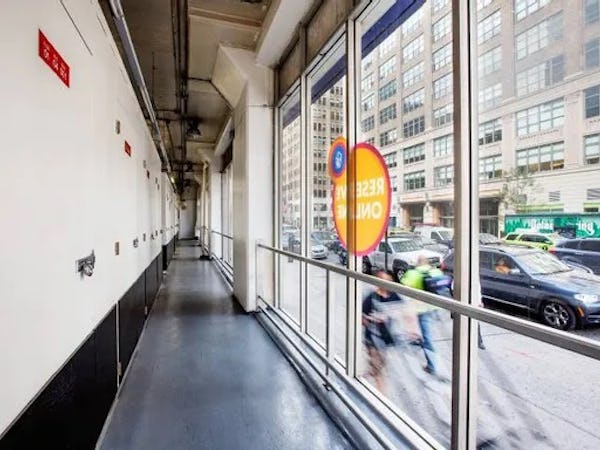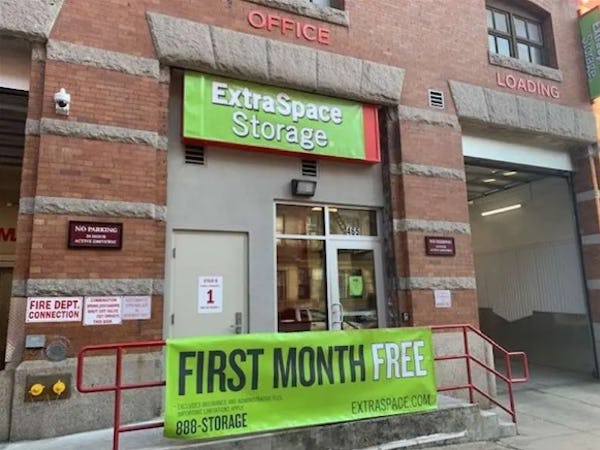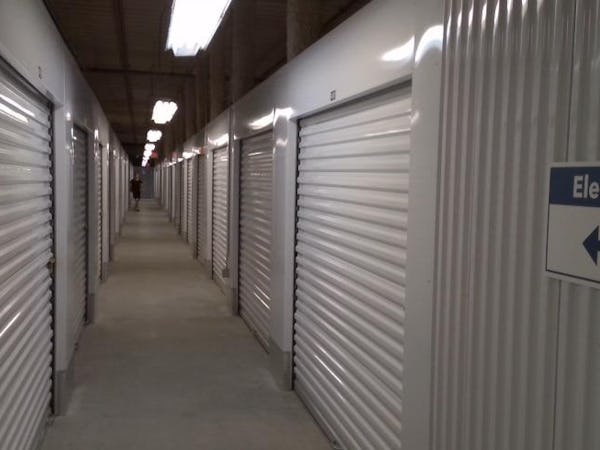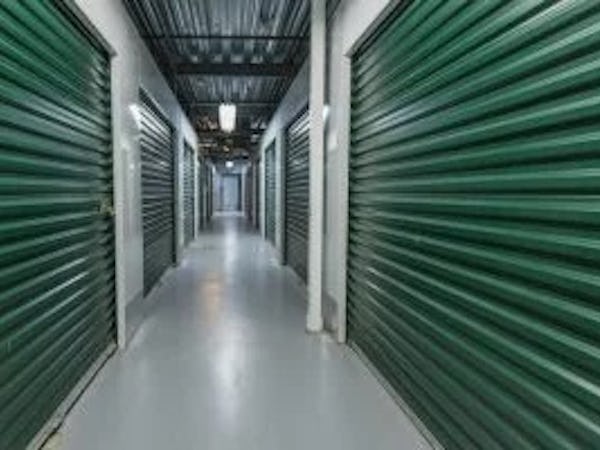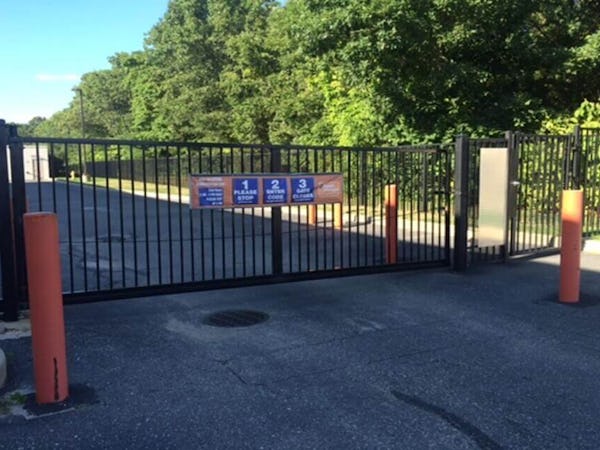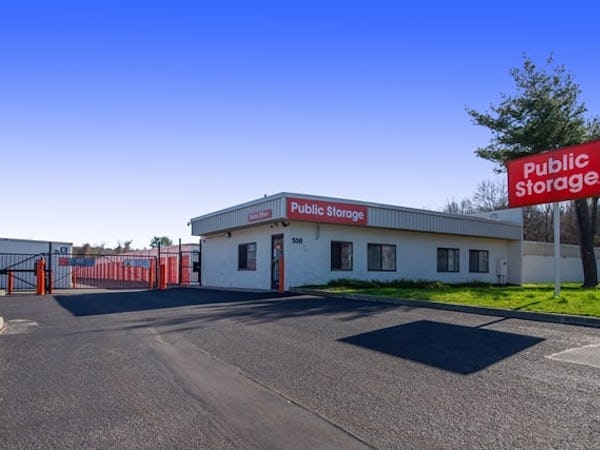Sign in
By creating a member account and using this site you agree to our Terms of Use. This site is protected by reCAPTCHA and the Google Privacy Policy and Terms of Service apply.
Introduction to New York State's Industrial Landscape including Storage Space
We begin this journey through New York State's industrial landscape with a sense of awe and fascination. As economists, the sheer scale and complexity of the industrial sector in this state have always intrigued us. The interplay of factors such as goods production, labor statistics, manufacturing, and transportation has shaped this landscape over the years, transforming it into a dynamic, ever-evolving entity.
New York State has a rich and varied industrial history, one that dates back to the early years of the nation's birth. From the bustling manufacturing districts of the 19th century to the high-tech industries of the 21st, New York's industrial landscape has continually shifted and adapted to the changing tides of time.
The focus of this analysis is to delve into this complex landscape, exploring key industrial areas, examining labor statistics, the new boom of self-storage units and understanding the far-reaching impact of New York's diverse manufacturing and transportation sectors. But first, let's take a broad overview of the goods production in the state.
Overview of Goods Production in New York State
New York State is a bastion of goods production, a hub of diverse industries ranging from agriculture and food processing to fashion and high-tech manufacturing. The state's agricultural sector is particularly robust, with New York ranking among the top five states for dairy, apple, cabbage, and grape production.
In addition to agriculture, New York is a major player in the manufacturing industry. The state boasts a diverse array of manufacturing sectors, including electronics, machinery, chemical products, and food processing. The state's dynamic manufacturing sector is a testament to the adaptability and resilience of New York's industrial landscape.
Goods production in New York State is not just about agriculture and manufacturing, though. The state is also a leader in the services sector, with industries such as finance, healthcare, and information technology playing a significant role. These industries contribute significantly to the state's gross domestic product (GDP) and provide thousands of jobs for New York residents. In 2022, the total GDP was 1.5 trillion with a steady growth rate of 1.3%, making New York State the 25th in GDP ranking among the country
Many important companies are headquartered in New York State, generating millions of dollars in revenue and employing a great number of people each year. In 2022 the top 5 largest employers were:
- Duane Read Holdings Inc. (415,000)
- Capgemini (340,700)
- Deloitte (334,800)
- Ernst & Young (312,250)
- Bank of China, USA (311,000)
Analysis of New York State's Labor Statistics
The labor statistics of New York State paint an interesting picture of the state's industrial landscape. The state boasts a highly skilled and diverse workforce, with a significant proportion of workers employed in the manufacturing, services, and technology sectors.
In terms of employment, the services sector employs the largest number of people in New York State. This sector includes industries such as healthcare, education, and information technology, which have seen significant growth in recent years. The manufacturing sector, while not as large as the services sector, still employs a significant number of people and contributes significantly to the state's GDP.
The labor statistics also reveal the changing nature of work in New York State. As the state's industrial landscape has evolved, so too have the types of jobs available. Today, more and more New Yorkers are finding employment in high-tech industries and the services sector, reflecting the state's transition from a manufacturing-based economy to a more diversified, knowledge-based economy.
In May 2023 the unemployment rate for the state of New York was 4.9%, the lowest since 2019.
New York State's Manufacturing Industry
The manufacturing industry has long been a cornerstone of New York State's industrial landscape. From the bustling factories of the 19th century to the high-tech manufacturing facilities of today, this sector has continually adapted and evolved to meet the changing needs of the state and the nation.
New York State's manufacturing industry is diverse and dynamic, encompassing a wide range of sectors. These include food processing, electronics, machinery, chemical products, and many more. Each of these sectors contributes significantly to the state's economy, providing jobs for thousands of New Yorkers and generating billions of dollars in revenue each year.
According to the National Association of Manufacturers (NAM), in 2022 the total manufacturing output of the state generated $75.24 billion which represented a percent share of 4.21% of New York's total GDP.
Despite the challenges faced by the manufacturing industry in recent years, such as the shift towards a more service-oriented economy and the rise of automation, New York's manufacturing sector remains resilient. The state has managed to maintain a robust manufacturing industry thanks to its highly skilled workforce, its strategic location, and its strong commitment to innovation and technological advancement.
Transportation's Role in New York State's Industrial Sector
Transportation plays a pivotal role in New York State's industrial sector. It serves as the lifeblood of the state's economy, facilitating the movement of goods and people across the state and beyond. From the bustling ports of New York City to the extensive highway and railway networks crisscrossing the state, New York's transportation infrastructure is second to none.
Transportation is particularly crucial for the state's manufacturing industry. The efficient movement of raw materials to factories and finished goods to markets is essential for the industry's success. New York's extensive transportation infrastructure makes this possible, ensuring that the state's manufacturers can compete effectively in the global marketplace.
Transportation also plays a vital role in the services sector. The movement of people is just as important as the movement of goods in industries such as healthcare, education, and information technology. Whether it's commuters traveling to work in the city or students heading to university campuses across the state, New York's transportation infrastructure facilitates the smooth functioning of these industries.
Key Industrial Areas in New York State
New York State is home to several key industrial areas, each with its unique characteristics and contributions to the state's economy. These include the New York City metropolitan area, the Capital Region, the Finger Lakes region, and Western New York.
The New York City metropolitan area is undoubtedly the state's most significant industrial area. It is a hub for industries such as finance, information technology, media, and fashion. The city's vibrant and diverse economy contributes significantly to the state's GDP and provides employment for millions of New Yorkers.
The Capital Region, encompassing Albany, Schenectady, and Troy, is another key industrial area in New York State, with a total population of 1.10 million habitants in 2022; this eight-county region has a strong manufacturing base, with industries such as electronics, chemicals, and machinery playing a significant role. The region is also home to several prestigious universities, which contribute to the area's vibrant knowledge-based economy.
The Finger Lakes region and Western New York, with their rich agricultural resources and strong manufacturing base, also contribute significantly to the state's economy. These regions are known for their dairy, fruit, and vegetable production, as well as their robust food processing industry.
The Impact of Industrialization on New York State's Economy
Industrialization has had a profound impact on New York State's economy. It has transformed the state from a primarily agrarian society to a diversified, industrialized economy. This transformation has brought about significant economic growth, creating jobs for millions of New Yorkers and generating billions of dollars in revenue.
Industrialization has also brought about significant changes in the state's labor market. It has led to the creation of new types of jobs, particularly in the manufacturing and services sectors. This has resulted in a more diversified workforce, with New Yorkers finding employment in a wide range of industries.
However, industrialization has also brought about challenges. These include the decline of certain industries, such as textiles and steel, and the displacement of workers due to automation and technological advancement. Despite these challenges, New York State has managed to adapt and thrive, thanks to its resilient economy and its commitment to innovation and technological advancement.
Future Trends in New York State's Industrial Landscape
The future of New York State's industrial landscape looks promising. The state is well-positioned to capitalize on emerging trends in technology, manufacturing, and services. Advances in areas such as artificial intelligence, robotics, and big data are opening up new opportunities for the state's industries.
In the manufacturing sector, trends such as advanced manufacturing and additive manufacturing (3D printing) are reshaping the industry. These technologies are enabling manufacturers to produce goods more efficiently and at lower costs, giving New York's manufacturers a competitive edge in the global marketplace.
In the services sector, trends such as digitalization and automation are transforming the way services are delivered. These trends are creating new opportunities for New York's services industries, particularly in areas such as healthcare, education, and information technology.
Policies Affecting New York State's Industrial Sector
Policies at both the state and federal levels have a significant impact on New York State's industrial sector. These policies can influence a wide range of factors, from the availability of skilled workers to the cost of doing business in the state.
At the state level, policies such as tax incentives for businesses, investment in infrastructure, and support for education and training programs can help to attract businesses to the state and foster economic growth. These policies can also help to ensure that New York's workforce has the skills and knowledge needed to thrive in the state's diverse industries.
At the federal level, policies such as trade agreements, regulations, and tax policies can also have a significant impact on New York's industrial sector. These policies can influence the cost of raw materials, the competitiveness of the state's industries in the global marketplace, and the availability of markets for the state's goods and services.
Conclusion
As this comprehensive analysis has shown, New York State's industrial landscape is a complex and dynamic entity. It is shaped by a multitude of factors, from the state's diverse goods production to its robust manufacturing industry, its skilled workforce, and its extensive transportation infrastructure.
This landscape is also shaped by the state's key industrial areas, each with its unique contributions to the state's economy. And it is influenced by the policies that govern the state's industries, from tax incentives and infrastructure investment to trade agreements and regulations.
As we look to the future, it is clear that New York State's industrial landscape will continue to evolve. Emerging trends in technology, manufacturing, and services will open up new opportunities for the state's industries. And with its robust economy, its highly skilled workforce, and its commitment to innovation and technological advancement, New York State is well-positioned to capitalize on these opportunities.




